Link to sample image with tilting graph:

Link to NVD3 Streamgraph page:

The nvd3 streamgraph will descend or ascend sharply over time. I searched SO and the NVD3 documentation but didn't find a variable that controls where the zero of the y axis is at each point in time. Nor have I found discussions of this. In other words what makes the whole graph tilt in one direction or the other and how to control or turnoff this tilt.
I read a bit of the initial paper on streamgraphs by Byron but couldn't figure it out and thought I'd ask here.
Could someone please point me towards documentation on this or otherwise provide insight?